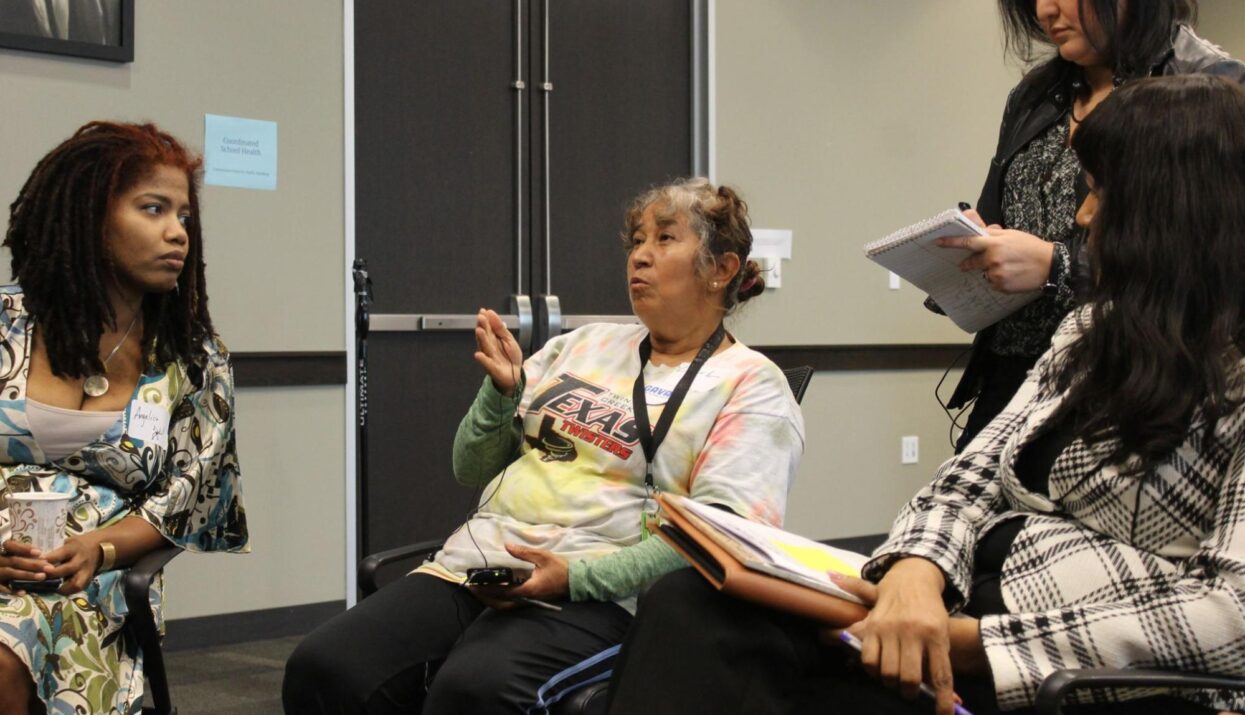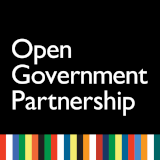A City Divided by Racist Policies
While Austin, Texas is consistently ranked as one of the best places to live in the United States, it has also been crowned the most economically segregated major metropolitan area in the nation. Beginning in the 1920s, Black and Latinx residents in Austin were isolated and forced to live in neighborhoods East of downtown. These historically unjust and racist policies have resulted in communities challenged by persistent poverty, a lack of economic mobility, poor access to services, and increased infant and maternal mortality rates.
For example, children from the lowest income households have less than a 7 percent chance of moving into the highest income group by age 30. Recognizing that without concerted effort the problem will likely only worsen in the future, the city of Austin is taking steps to reckon with its legacy of racial segregation.
It formed the Equity Action Team (EAT) – a collaboration of 25 city departments and 43 civil society organizations – to discuss, develop and test a new equity assessment tool designed to incorporate citizen feedback.
How Do You Measure Policy Impact on Inequality?
The 2017 Austin action plan had a commitment that proposed the development of an equity assessment tool to be used during budgeting and other city government proceedings. This tool will be available to both city officials and members of the public.
Both city departments and civil society organizations that focus on inequity in Austin contribute data, which is then used to measure the benefits that city initiatives are expected to have on traditionally disadvantaged communities. Throughout the development of the tool, government officials and their civil society partners conducted regular interviews with leaders and residents from historically disadvantaged communities, to ensure that the voices of the communities the policies aimed to benefit were heard in the development of those policies.
Through the EAT, citizens have a larger voice in the services that impact them and city departments have important new information to inform its policy decisions. This inclusion is in keeping with the commitment’s goals to increase civic participation, transparency, and accountability, to better support collaborative decision-making and allow everyone to track progress towards critical goals.
Pilot Program, What Did 8 Departments find?
The implementation of equity-focused budgets remains voluntary, and many departments have not yet committed to analyzing their budgets through the lens of equity.
Still, eight city departments piloted the tool in 2017 to analyze their proposed 2018 budgets, these departments included Human Resources, Parks and Recreation, Libraries, Water Utility, Transportation, Economic Development, Public Health, and Public Works. Analysis of these first eight departmental budgets found that diversity in hiring was the primary means by which departments were supporting racial equity.
One setback is caused by the fact that a number of departments didn’t have established processes to collect, aggregate, and analyze data about demographics. Very few departments had data regarding the race and ethnicity of their contractors and consultants, which is of course essential to assessing a policy’s potential impact on an ethnic group.
However, in addition to the equity tool for departmental budgets, the Equity Office developed a supplemental tool, an equity analysis worksheet, that can be applied to smaller budgets and projects. This allows city staff to apply similar aims to specific projects, expanding the scope and the detail of data informing the development of public policy.
As Scope of the Tool Expands, Its Potential Takes Shape
The initial indications are that the tool is well-developed and, when supplied with the right information, is able to shine a light on the relationship between government policy and the equitable conditions of the historically disadvantaged communities in Austin. This does require continued adjustment to the sorts of data city departments gather to reflect the links between their policies and racial equity.
Expanded use of the tool, with growing input from citizens and civil society organizations could potentially influence the reallocation of city resources to address historic racial disparities and encourage greater openness and civic engagement in the way Austin plans resources and makes decisions.
More recently, Austin included public participation in city anti-displacement efforts as a commitment in its 2019-2021 OGP action plan, showing that it hopes to continue the positive change in its community.
Additional Resources
Check out these resources for further information.







